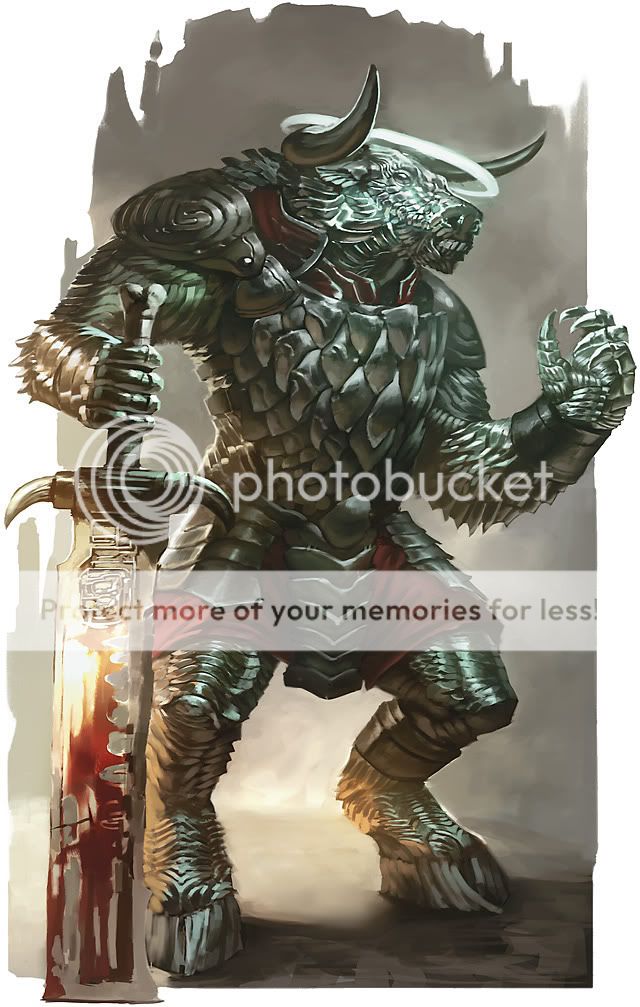All iterations of lycanthropy in D&D may be categorized along three common axes. These axes are: whether the condition is acquired or inherited and how, whether the lycanthrope is a natural at self-control or afflicted without it, and whether the lycanthrope is infectious or not.
This results in roughly four broad types of lycanthropy, or alternately therianthropy, and several subtypes. Here a lycanthrope, or therianthrope, is defined broadly as a humanoid who can transform into an animal. This taxonomy is closely based on that presented in the D&D 2e Monstrous Manual.
- Type 1 lycanthropy is a disease as seen in horror movies. It is transmitted by the natural attacks (and potentially body fluids) of type 1 lycanthropes. Type 1 lycanthropes have no control over or mental faculties during the transformation, but may train themselves otherwise.
- Type 1b lycanthropy is identical to type 1 lycanthropy except that type 1b lycanthropes cannot transmit lycanthropy.
- Type 2 lycanthropy is hereditary. Type 2 lycanthropes carry and transmit type 1 lycanthropy, but display full control over and mental faculties during the transformation.
- Type 2b lycanthropes are identical to type 2 lycanthropes except that they transmit type 1b lycanthropy.
- Type 2c lycanthropes are identical to type 2 lycanthropes except that they do not transmit lycanthropy. They may transmit other diseases, however.
- Type 3 lycanthropes use a magic token to transform, such as a swan maiden’s cloak, a selkie’s sealskin, or a ring of Hircine. They retain full self-control and cannot transmit lycanthropy.
- Type 4 lycanthropy is contracted as a result of a curse, such as the spell curse of lycanthropy. Type 4 lycanthropes are otherwise identical to type 1b lycanthropes.
- Type 4b lycanthropy is identical to type 4 lycanthropy except that they may transmit type 4b lycanthropy.
Obviously this taxonomy is arbitrary and lycanthropy may be categorized in other ways. For example, the most recent fifth edition of D&D restricts the usage of the term lycanthropy to contagious lycanthropy and not human-to-animal transformation in general. For the purposes of popular recognition, I will use lycanthropy to refer only to those conditions caused by curses and diseases, such as werewolves and wereboars. I will refer to human-to-animal transformation and vice versa collectively as therianthropes. I will otherwise refer to type 2c lycanthropes, as defined here, as zoanthropes. I will refer to animal-to-human transformations, such as jackalweres and wolfweres, as antherians.



